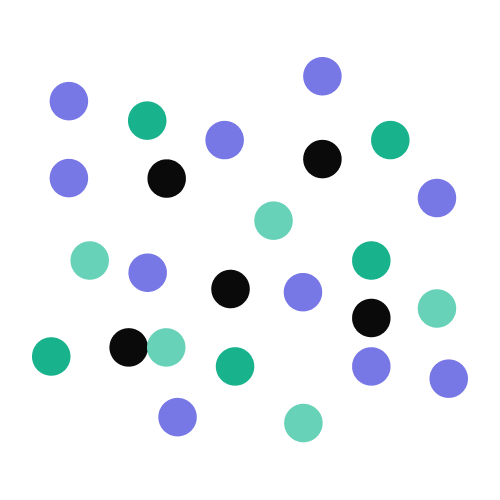Design Process
-

Learn
Learn about the product as much as humanly possible.
What is it about?
What the history behind it?
Why should people care about it?
What value does it bring to people?
What are the drawbacks of this product?
Are there any competitors and if yes, what differentiates it?
-

Understand
After gathering many data points, its time to begin putting puzzle pieces together.
Once the big picture comes together, dig even deeper to understand problem on a macro level. Ask questions until you have no more questions.
-

Organize
Ideas are nothing without a vision and plan. During this stage I take these steps to set-up design project for success:
Set-up SMART goals
Communicate relevant dates and tasks to required stakeholders
Agree on a common communication channel
Set-up any re-occurring touchpoints
Setup one source of truth for design documentation, communicate it with the team
But most importantly - remain agile at all cost. As change is the only thing that is constant in this world.
-

Prototype
Now, my favorite part - rapid prototyping!
Design fast
Ask for feedback often
Fail and learn as quickly as possible
Move to the next step only when the entire team feels aligned on the deliverable.
-

Test
To ensure my product is actually good, I set-up as many user feedback sessions as possible within scope.
The goal is to understand:
What works ?
What doesn’t ?
Is this a useful tool ?
What do they hate ?
What do they love ?
What to change ?
And many more questions!
-

Measure
Evaluate the results and find out the truth about the product.
Does the design suck or does it make the world better?
If it sucks, back to the whiteboard.
Repeat steps 2 to 6.
Otherwise, its time to prep for handover and dev support.